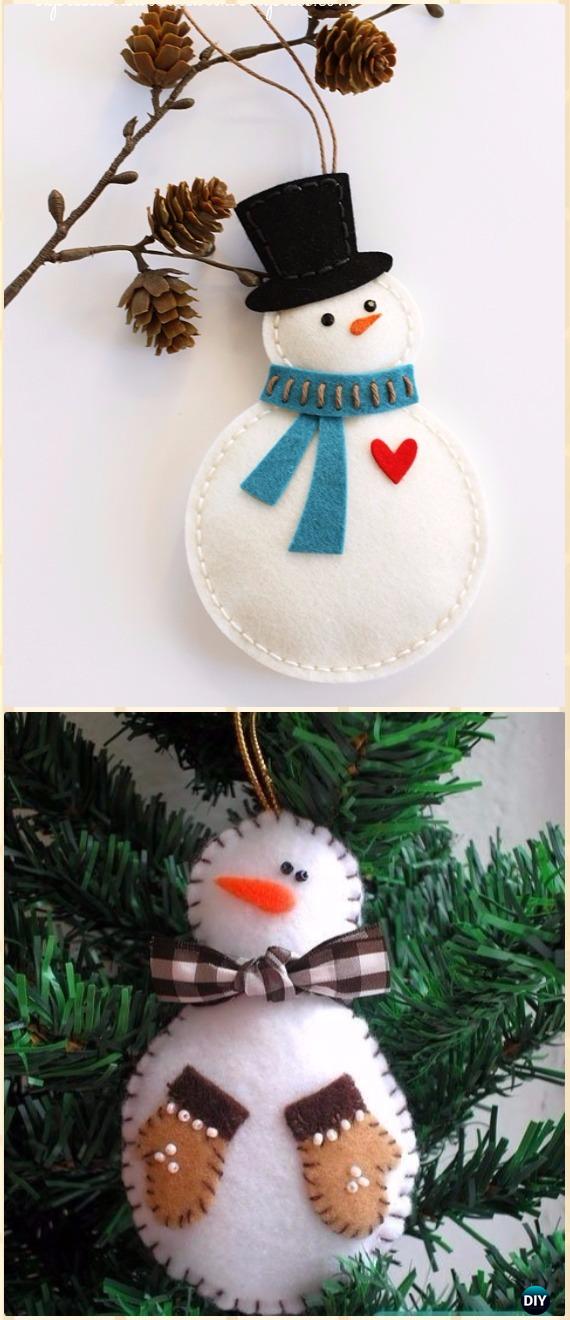
For speed and consistency, I used a stop block (clamped to the far side of the fence) and stack cut the pieces in pairs. Verify that both ends are square to the bottom edge. The sides are 14-1/4” long and the front and rear are 17-1/4”. Place the jointed, bottom edge against the fence of your crosscut sled (or miter gauge) and trim to the final length.

This fresh edge will now be the “bottom”. Use a table saw or jointer to make one clean, straight edge on each piece. Then create one straight edge on each piece before cutting them to their final length. Rough cut two 15” pieces for the sides and two 18” pieces for the front and rear.

The sides, front and rear panels are all cut a bit over-sized at first, then trimmed to length after “jointing“ a reference edge. Cutting Up Some Wood – Bored Of Cedar? I began with a 6′ cedar 1×8 (actual dimensions are a bit smaller). My tracing surface will be about 16” x 14-1/2” and all dimensions given will be based on this size. Mainly because I already have a huge pile of them. For mine, I used a stack of two plastic diffusers harvested from television LCD panels (total thickness of about 3/16”). * be hard enough not to dent under the point of a pen or pencil.Īcrylic sheeting works great as a tracing table top. * have at least one smooth side (sometimes one or both sides will be textured, or “frosted”) Now is a good time to obtain a suitably large sheet of acrylic. The actual tracing surface (the “top”) is arguably the most important part of this project. I’m using two of those diffusers as my tracing surface.
#Diy light table tracing tv#
So let’s get to it! Pick Your Plastic – DIY Light Table If you ever dismantle an LCD TV or computer monitor, you’ll find one or more translucent plastic diffusers (plus a thin polarizer sheet) between the actual glass LCD display and the backlamps. Before any soldering occurs, we’ve got a light table to build. I’ve done so many service calls and worked in so many vehicles where this thing would have been tremendously helpful. That is, until now! Ryobi has given me a whole new perspective of what’s possible with portable, gas-less soldering tools. I’ve tried a handful of cordless irons over the years and none of them have impressed me in the least. It did not disappoint! I’ve spent over 20 years of my life soldering and de-soldering electronic components I have a little experience with soldering irons. Plus, we got to use the Ryobi 18V soldering station. And since it involves a little electrical work, it’s also a good chance to hone your soldering skills. This light table (also called a “light box” or “tracing table”) is a great exercise in transferring and cutting angles on the table saw.
#Diy light table tracing professional#
Trace our steps to find out how you can make a professional quality light table of your own! DIY Light Tracing Table And The Ryobi P3100 So when we received the model P3100 Ryobi 18V ONE+ hybrid soldering station to try out, I took the opportunity to make one for myself. For a woodworker like myself, it can be a useful tool to create scroll saw and other woodworking patterns.

They’re great for compositing, iterative drawing, animation, shadow puppets, tattoo artists and showing your friends that gnarly X-ray of the screws in your femur. Light tables are a staple in many artists’ studios.

This post is sponsored by The Home Depot.


 0 kommentar(er)
0 kommentar(er)
